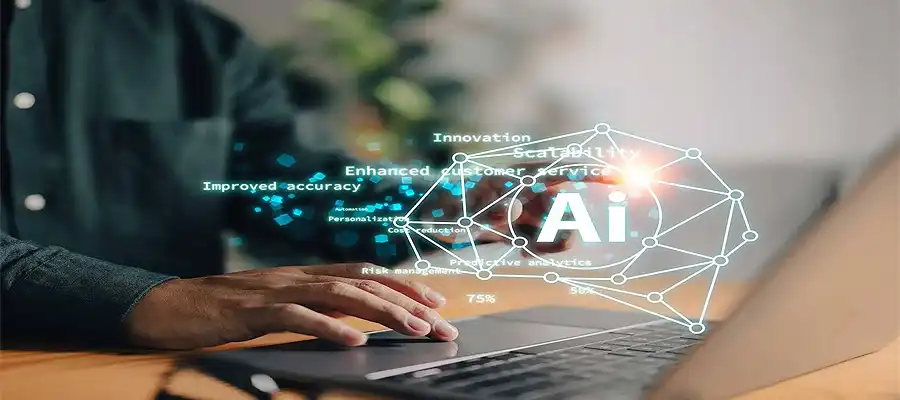Vocal cord cancer (laryngeal cancer) can now be identified in time only by voice. The team of the ENT department of Chandigarh PGI is going to conduct a new study with the help of artificial intelligence (AI), in which the possibility of cancer will be detected from the changing pattern of the human voice.
This research has received funding of Rs 90 lakh from the Indian Council of Medical Research (ICMR) and will be completed in three years. About 1 thousand adult people will be included in this research.
Dr. Jayamanti shared this information on Wednesday on the occasion of World Voice Day, to be celebrated on 16 April.
Under this research, the voice data of one thousand people will be collected. In this? By the sea - completely healthy adults in one
Under this research, the voice data of one thousand people will be collected. There will be two groups - one will study the voice of completely healthy adults, while the other group will include patients who already suffer from voice disorders.
Everyone's voices will be recorded in a special mobile app and then analyzed with AI software. The software will check which sounds contain patterns that are likely to cause cancer.
The research team believes that as this technology collects more data, its accuracy will also increase, and it can become an easy and reliable method of cancer detection.
Every year, about 100 patients come to the OPD of the ENT department of Chandigarh PGI for the treatment of vocal cord cancer, and about 20 patients undergo surgery. Many times, there is a delay in investigating these cases. AI is being used to make the investigation process easier and faster.
The project is being led by the ENT Department. It is headed by Dr. Jayamanti Bakshi. He says that in most cases, due to timely detection of cancer, treatment gets delayed, due to which it proves fatal. In such a situation, if it becomes possible to identify cancer just by sound, it would be a revolutionary step towards treatment and prevention. This technology can also play an important role in the identification of other voice disorders in the future.
